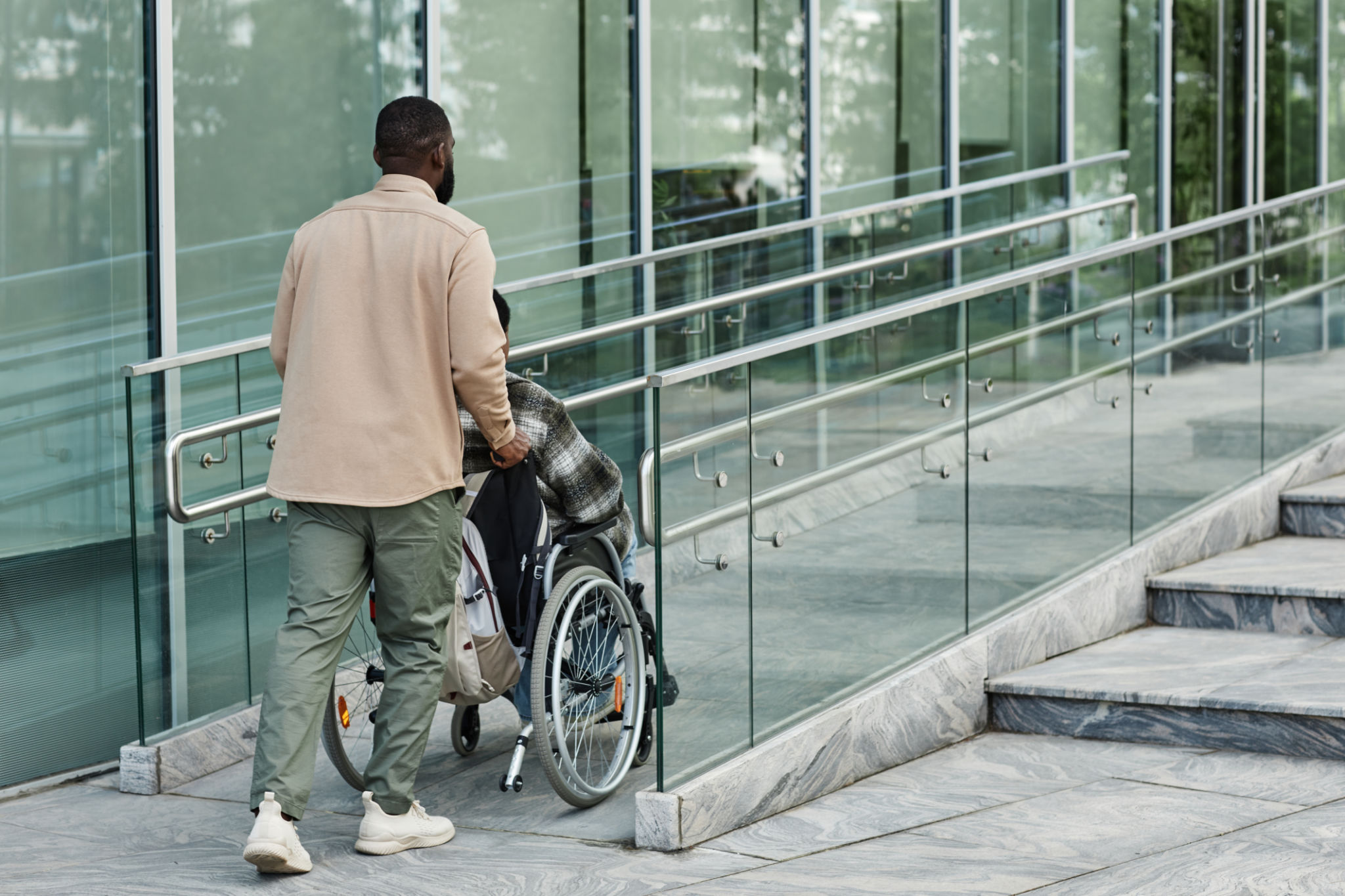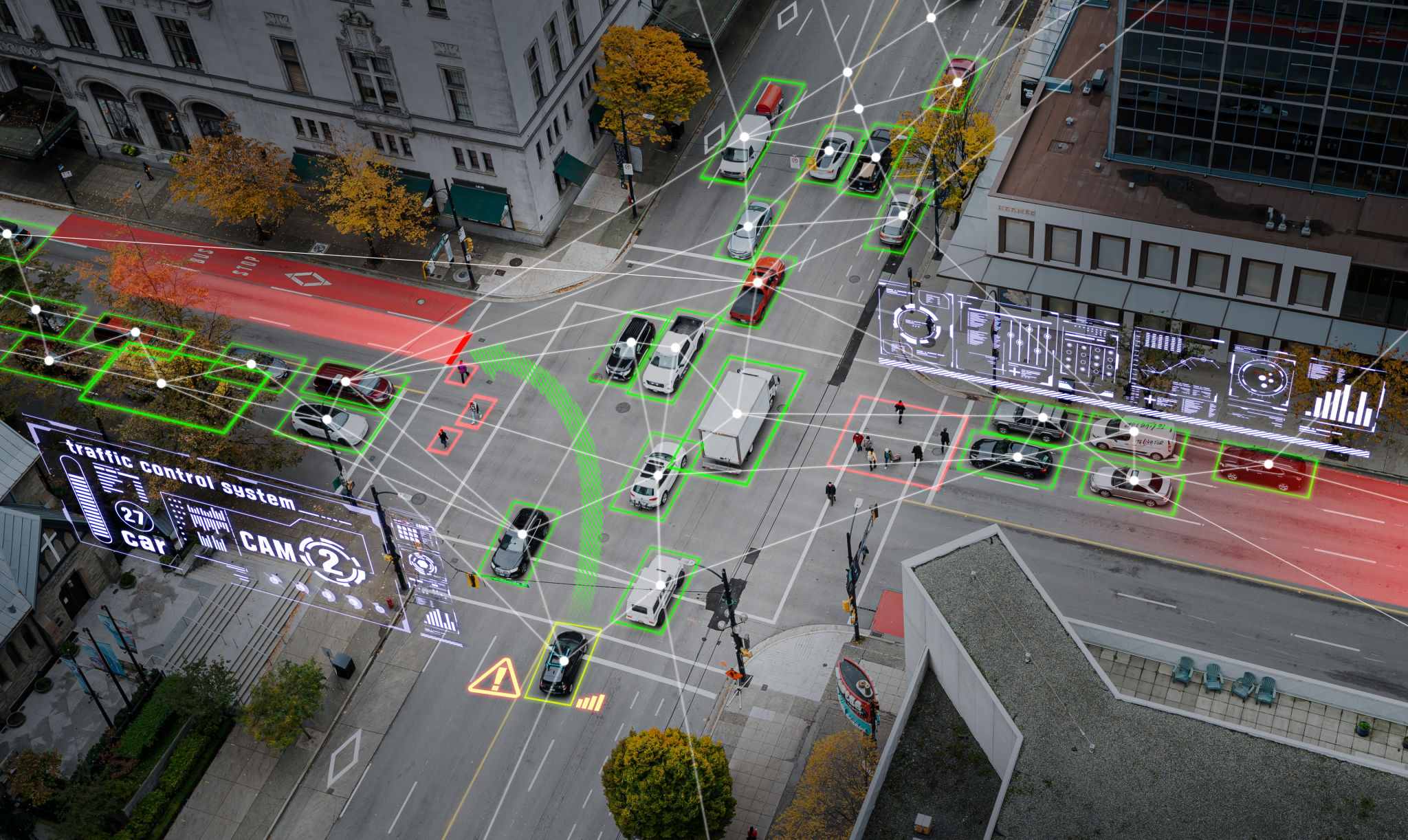Inclusive Solutions: Case Studies of Successful Accessibility Projects in Metro Vancouver
Introduction to Inclusive Solutions in Metro Vancouver
Metro Vancouver is recognized for its commitment to fostering inclusivity and accessibility across various public and private sectors. By prioritizing accessibility, the region not only enhances the quality of life for individuals with disabilities but also sets a standard for other metropolitan areas. This blog post explores several successful accessibility projects in Metro Vancouver that showcase innovative solutions and collaborative efforts.

Revamping Public Transit
Public transit systems are fundamental in promoting mobility for all. Metro Vancouver's TransLink has made significant improvements over the past few years to ensure its services are accessible to everyone. Key features include tactile walking surface indicators, audio-visual stop announcements, and low-floor buses equipped with ramps. These changes have been instrumental in making transit more inclusive.
In addition to these features, TransLink has introduced specialized training programs for staff to better assist passengers with disabilities. This training emphasizes empathy and understanding, ensuring that all riders receive the support they need.
Accessible Urban Spaces
Urban planning in Metro Vancouver has also embraced accessibility with open arms. Several city parks and recreational areas have been redesigned to cater to individuals with varying levels of mobility. For instance, the redesign of Stanley Park includes wheelchair-accessible paths and ramps, making it possible for everyone to enjoy the park's natural beauty.

Furthermore, public restrooms in these areas are now equipped with features such as automatic doors, adequate space for maneuvering, and appropriate signage. These enhancements greatly improve the overall experience for visitors with disabilities.
The Role of Technology
Technology plays a pivotal role in advancing accessibility. Metro Vancouver has invested in tech solutions that bridge gaps for individuals with disabilities. For example, mobile apps provide real-time information on accessibility features in public transit, helping users plan their journeys more efficiently.
Additionally, smart city initiatives are integrating IoT devices to enhance wayfinding and navigation for people with visual impairments. These technologies ensure that accessibility is not just a physical consideration but also a digital one.

Community Involvement and Collaboration
The success of these projects can be largely attributed to community involvement and collaboration between government entities, non-profits, and private organizations. Engaging with disability advocacy groups has provided valuable insights into the specific needs of the community, ensuring that solutions are effective and inclusive.
- Consultations with advocacy groups
- Feedback sessions with community members
- Partnerships with technology firms
Conclusion
The case studies presented here demonstrate Metro Vancouver's dedication to creating an accessible environment for all its residents and visitors. By prioritizing inclusivity in public transit, urban spaces, and technological applications, the region is paving the way for a more equitable future. These efforts not only benefit individuals with disabilities but enrich the entire community by promoting diversity and understanding.
![INCLUSIVE SOLUTIONS CONSULTING [ISC]](https://cdn.durable.co/logos/113Eou1zDU1qnbrkRVkhAHUW2DOiwLcOEJ5nMQ31npGPlLMXI6G6tGWT65re8ygI.jpg)